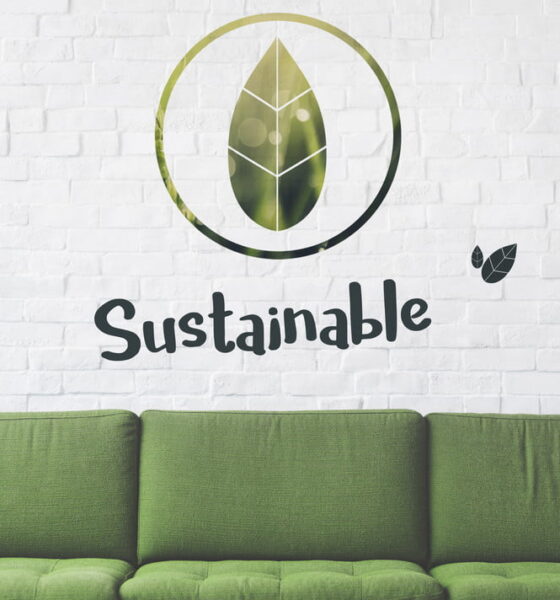

Environment
Environmentally Sustainable Furniture for Dummies
We probably don’t think a great deal about our furniture choices. I know that I tend to just buy whatever looks pretty, seems functional and fits my budget. That usually means a trip to a few showrooms and big warehouse stores, like Ikea.
But we have a responsibility to the planet. We can do better. There are three major ways that our furniture can help the environment:
- Purchase used and/or recycled furniture and extends the lifecycle of precious materials.
- Source furniture that is free of environmentally unsustainable products.
- Choose furniture that doesn’t require electricity – opting for manual transitioning.
By investing in environmentally sustainable, high-qualify furniture, you’ll be able to pass down items from generation to generation. This will save your heirs on the cost of furnishing their own home, and help to protect the environment from wasteful fad furniture that only lasts a season or two.
Natural and Recycled Furniture Materials
If you absolutely love the look of wood furniture, search for environmentally sustainable products. For example, locally sourced wood or bamboo can easily be replenished without requiring excessive international harvesting of precious woods that harm the environment.
Sustainable wood products are only sourced from companies and locations that have the ability to quickly replace harvested wood – providing a responsible resource for generations of manufacturers and consumers.
Recycled furniture can either be a gently used item from someone else’s home, or a new piece of furniture that’s been used from reclaimed sources. You’ve probably seen examples of this at your local park – cities are increasingly using recycled materials to create benches and picnic tables.
But recycled materials don’t have to feel rough or rustic. Items made from recycled wood are readily available for order online or in-store. And believe it or not, electronic waste can be reclaimed and crafted into beautiful pieces of modern furniture.
The only limitation on recycled furniture design is the imagination of the creator. If you want to do it yourself, check out this DIY recycled furniture pinterest board!
Avoid Harsh Chemicals that Harm the Environment
Did you know that many cushions are made of highly-flammable polyurethane? Furniture manufacturers help keep our butts out of the hot seat by treating the materials in cushions with fire-retardant toxins. Unfortunately this padding breaks down overtime and the dust is both toxic to humans and the environment.
There are multiple lines of eco-friendly furniture that avoid the use of flammable polyurethane – often substituting with organic cotton. Just understand that you’re going to be in for a bit of sticker shock – eco-friendly furniture, when purchased new from major brands, gets pricey.
If you can’t afford the pricetag, I recommend finding used furniture from the same product line. There are a ton of websites dedicated to helping eco-friendly consumers find used organic, responsibly sourced products – and that includes furniture.
You’ll also want to stay away from faux leather. Furniture made from pleather and other leather substitutes are heavily treated with chemicals. That’s never a win.
Hypo-allergenic stuffing, combine with traditional leather might be a decent compromise if you have to have the leather look to tie a room together. But be conscious of the fact that tanning is not an environmentally friendly process, so try to limit these materials in your design.
In conclusion, it’s up to you how crazy you want to go. I think that as long as you stay with used furniture, you’re on the right track – even if it isn’t environmentally perfect, it’s at least a sunk cost for the environment – the damage has been done and you’re extending its useful life. But I think the most important takeaway here is buy quality items that you can pass down to your next generation – if that means spending more on higher quality new items that are sustainably sourced, so be it.


 Environment10 months ago
Environment10 months agoAre Polymer Banknotes: an Eco-Friendly Trend or a Groundswell?

 Environment12 months ago
Environment12 months agoEco-Friendly Home Improvements: Top 7 Upgrades for 2025

 Features9 months ago
Features9 months agoEco-Friendly Cryptocurrencies: Sustainable Investment Choices

 Features10 months ago
Features10 months agoEco-Friendly Crypto Traders Must Find the Right Exchange























